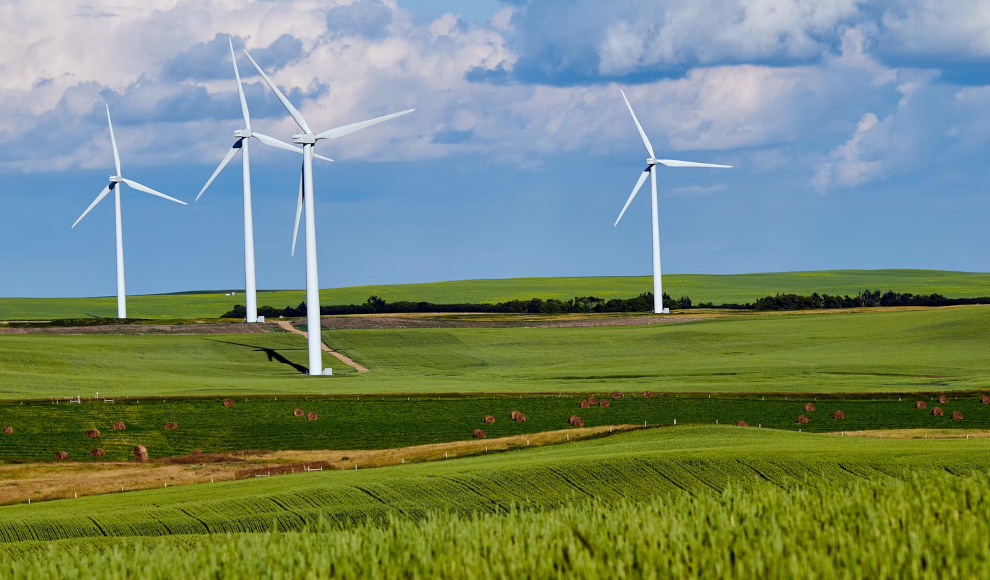Wind power presents a dilemma for humanity. On one hand, wind turbines and power lines cause the death of birds and bats, while on the other hand, they are essential for the transition to renewable energy. To address this issue, scientists at the University of East Anglia have created maps of collision hotspots to help plan “bird-friendly” wind farms. The maps are based on GPS data from 27 bird species and show where birds fly at collision-prone heights. The researchers combined this data with the locations of wind farms and power lines to determine the specific danger to birds. The most dangerous areas for birds in Europe and North Africa are along the coastlines and across the continent.
The study found that power lines with a height of 10 to 60 meters and wind turbines with a height of 15 to 135 meters are potentially dangerous for birds. The maps also take into account factors such as visual acuity, agility, and body weight of bird species. The researchers recommend minimizing the installation of new wind turbines or power lines in areas with high bird density to preserve the integrity of their flight routes. The risk is lower in breeding areas because bird flight activity is lower during the breeding season.
The maps can help in the planning of new wind farms and power lines and in expanding bird protection measures for existing facilities. The researchers suggest marking rotors, temporarily shutting down turbines during peak migration times, or replacing many small wind turbines with a few large ones to reduce the risk of collisions. The maps can also help identify the countries with the highest risk of bird collisions, such as Germany, Spain, France, Turkey, and Poland. By using these maps, it is possible to minimize damage to biodiversity while transitioning to renewable energy.










